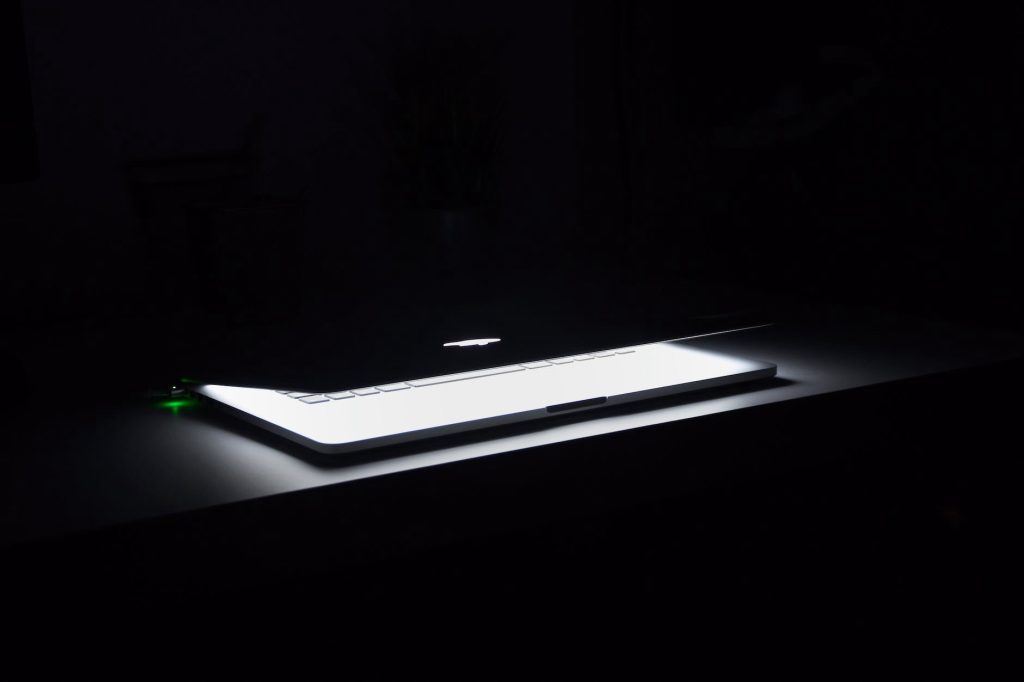The landscape of personal computing has seen a remarkable wave of innovation in recent years, with sleek designs and advanced functionalities enhancing the user experience like never before. As industry leaders continue to elevate their offerings, Apple fans and tech enthusiasts have turned their eager gaze towards the next frontier of Apple’s ingenuity. The buzz is substantial, and it revolves around the potential introduction of an Apple Silicon-powered MacBook with a groundbreaking addition—a touchscreen.
Apple may be on the verge of rolling out the next generation of MacBook Pro laptops furnished with the new M3 Apple Silicon, evaluated by many to debut in the first half of 2024. Despite the excitement surrounding this anticipated launch, inside whispers and expert predictions urge consumers to calibrate their expectations for a more significant innovation that awaits: a touchscreen MacBook potentially gracing the market in 2026.
Noted Apple tipster, @Tech_Reve, has fanned the flames of these rumors, pointing towards test units and emerging details that suggest an eventual endorsement of touchscreen technology by Apple for its iconic laptops. This shift would notably depart from the views long held by Apple’s leadership, with CEO Tim Cook and his team historically opposing the inclusion of touchscreens on macOS laptops. Such a feature has been a staple in high-end Windows computers for years, enjoying popularity and practicality for a diverse user base.
The significance of a touchscreen MacBook is multifold and reflects Apple’s broader strategy. The tech giant has been gradually merging the experiences offered by its macOS and iPadOS, making it possible for developers to create applications that bridge both platforms, albeit with current technological barriers. This blending paves the way for a harmonization of hardware that supports these unified applications more intuitively.

Current MacBook models offer only a touchpad, which serves as a provisional solution for direct screen interaction. On the contrary, iPads, although not equipped with built-in physical keyboards or touchpads, provide users with the option to integrate these peripherals. Adding a touchscreen to the MacBook would not only align with the flexibility seen in Apple’s tablets but would also address a unique requirement of Apple’s ecosystem—converging the MacBook’s functionality closer to that of an iPad.
The manufacturing finesse Apple is known for is expected to shine through in this potentially revolutionary product. The touchscreen MacBook is rumored to be thinner than its precursors, drawing upon advanced display technology from industry heavyweights Samsung Display and LG. In particular, Samsung’s Y-OCTA and LG’s TOE technology are said to be under consideration for integrating the display and touch layers into a singular component, rather than employing the typical two-layer configurations.
With these continuous advancements, the anticipation for Apple’s touchscreen MacBook grows. The tech community and loyal Apple customers alike are set to watch closely as 2026 approaches, marking it as a potential landmark year when Apple could answer the clamor for a more versatile and integrated computing experience.
In the interim, as we await updates and confirmations from the Cupertino-based company, discussions and speculations will undoubtedly surge. Whether or not users should pause their purchases in anticipation of this transformation remains an open question, but one thing is clear: should the revolutionary touchscreen MacBook materialize, it will mark a significant stride in Apple’s tech odyssey and potentially set a new benchmark for personal computing devices.



